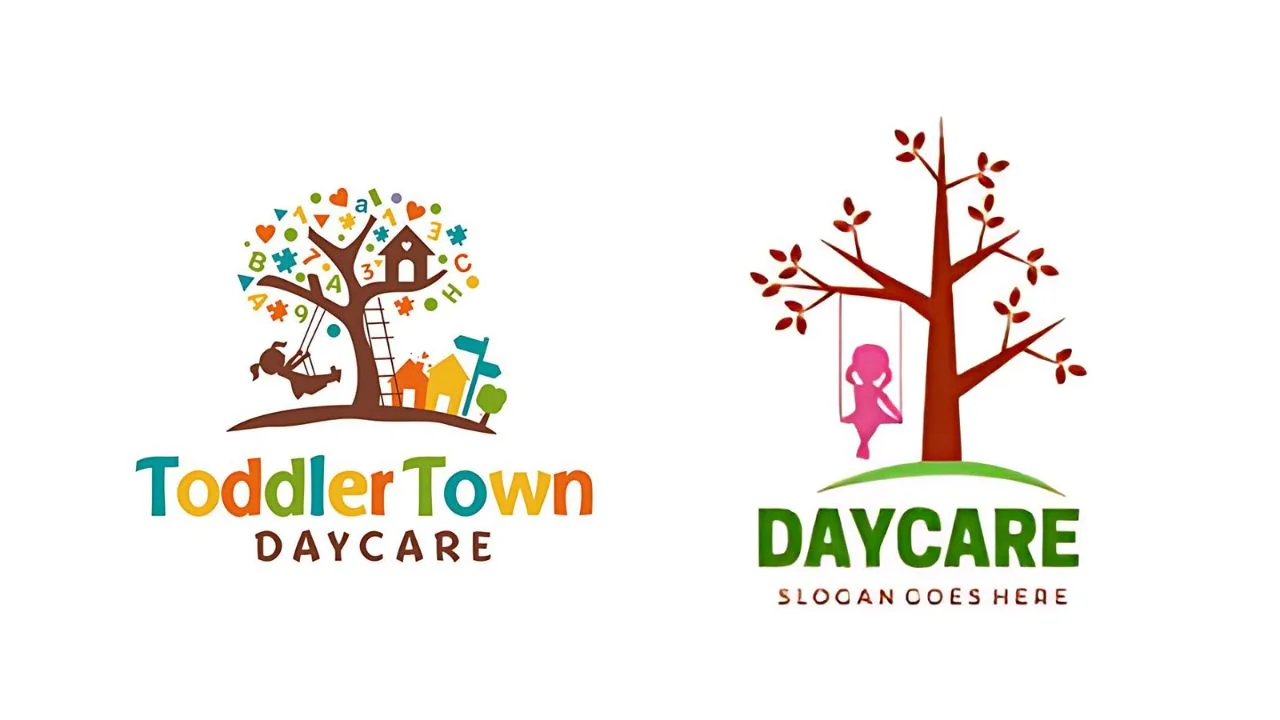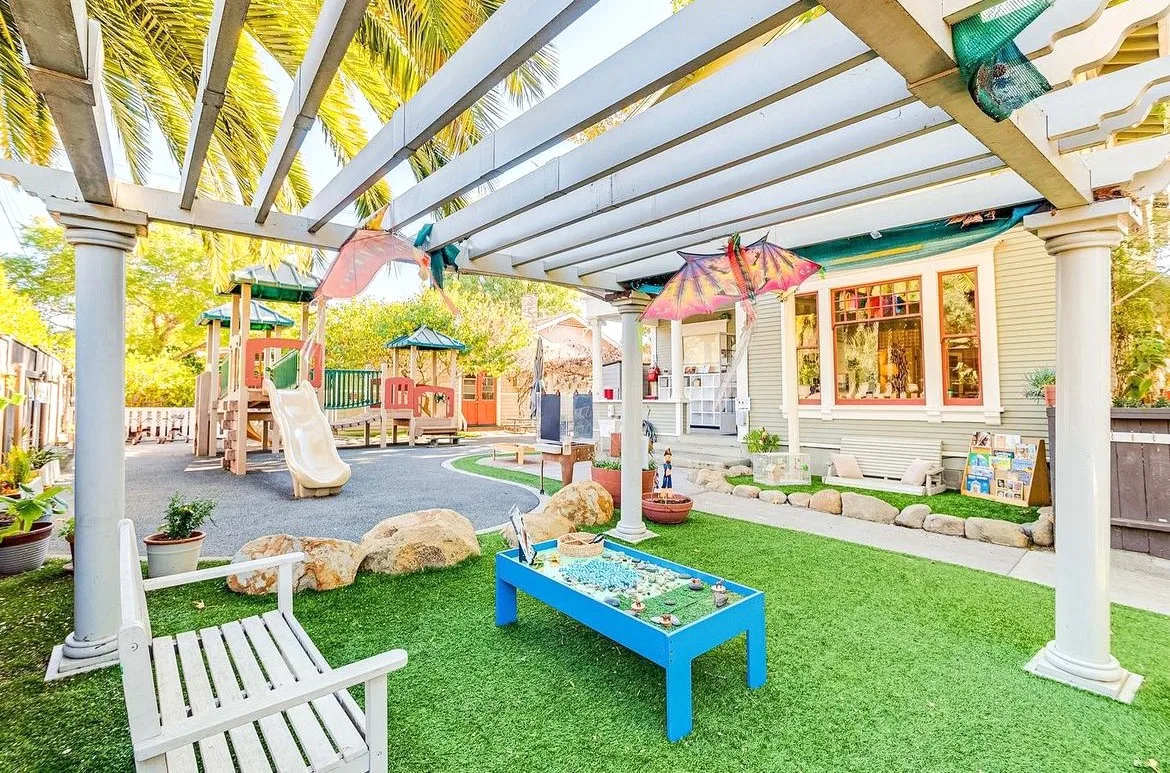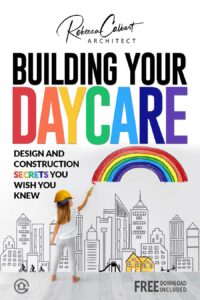Daycare centers are no different in that they rely on trust. The trust that they need to stay in business is harder to obtain, however: they have to convince parents to trust them with their children.
To do this, daycares need to regularly evaluate themselves and determine when it’s time for a brand refresh.
How do you refresh your brand in a way that makes your daycare an exciting place for children? Do these changes develop a deeper level of trust between you and the parents you serve? Here are five things you can do now to make your brand redesign a success.

1. Decide What Message You Want To Convey
This is the first step in any brand refresh. Before you make changes to your building you need to know what the purpose of the rebrand is.
Successful daycares focus on three things: safety, education, and fun. Safety is evident. It goes back to building trust between your service and the parents. No one will leave their child somewhere if they have to worry about their well-being.
Education and fun are also part of building trust. Focusing on these things show that you’re focused on the health of the children from a mind, body, and spiritual perspective. Design a logo that shows your commitment to these three things.
Use symbols that portray these values and talk to parents when they tour your facility about why you chose the logo you did. As they go through the tour, explain the thinking behind the layout of your daycare center. Tell them how it has a positive impact on your goals of learning, safety, and play.
2. Design Your Building With The Three Principles In Mind
Work with your design team to come up with a layout that is both practical and imaginative.
For safety, focus on things that could harm children. Eliminate sharp corners on tables and small spaces they can get stuck while exploring. Using round tables encourages teamwork and keeps kids safe.
Create a layout that allows free movement. An open layout makes it easier for your staff to monitor each child. If you have a main room and hallways that lead to other rooms, it’s impossible to keep an eye on everyone. Talk to an architect about getting rid of dividing walls without harming the structural integrity of the building.
Even when you’re indoors, kids are going to play. As long as they exert their energy in a healthy way, this is okay. Once you have dividing walls out of the way, determine where you can set up areas for different activities. Board games, relaxing, and physical activities should have a designated area. If you have a smaller building, consider adding an extension to it so everyone has enough room.
Learning isn’t something that requires desks, a blackboard, and a teacher. The best learning is often self-directed. Focus on board games that help develop math and science skills. Place items around the building that help students learn, such as posters and books.
If you have space, set up a mini-library. Encourage kids to take books home on loan and give them small prizes for talking about what they’ve learned. They’ll develop a sense of responsibility by taking care of the books. They’re also likely to read more if they receive positive reinforcement for their behavior.

3. Use Colors To Denote Various Areas In Your Daycare
Instead of using walls to divide kids based on their interests, use colors. Many people believe that different colors have a psychological impact on people, but the research isn’t there to make this claim. Personal preferences, past experiences, and other variables make drawing a definitive conclusion hard.
There is some evidence that color influences mood. There isn’t enough, however, to design your daycare around the idea that blue walls will bring tranquility to five-year-olds.
Colors do affect your brand, however. While they don’t affect the viewer’s personality, they affect their image of your companies personality. They also serve as an excellent way to tell your brand’s story.
Using colors to denote various areas in your daycare makes it easy for parents to see that you have spaces for each of the three principles discussed earlier. They make it easier for the children to know where things are, and if done right, can turn any building into a bright and fluid area perfect for kids.
When dealing with children, you want fun and whimsical colors. Unlike adults, kids prefer bright colors. These colors help children determine where things are in their line of vision. Remember, their brain is still developing. Evolutionarily speaking, picking out certain objects against normal backdrops kept our ancestors safe.
If you want children to focus on certain areas, paint them bright colors with lighter shades leading to the area. Separating your daycare on a color system puts up artificial walls. It also helps children associate certain activities with appropriate behavior.

4. Upgrade Your Outdoor Play Area
Swings and slides are excellent for kids, but there are other ways to encourage activities that enhance your brand. Remember, you want to build trust with the parents by using education, safety, and fun.
Keep the playset. Kids love playing on swings and slides and parents love seeing them. We’re not taking away from the outdoor area, but adding to it.
Get some large outdoor building blocks for kids. You won’t have to direct the children on what to build…they’ll find them and use their imagination to create forts, castles, and other designs.
You’ll want to make sure that there’s plenty of open space as well. Let the kids run around, play tag, and create their own games. Never stifle the creativity of children by telling them how to play unless there is a safety concern.
Talk to an architect about adding some shelter from the sun to the play area. If a child gets hot, they need a place to cool off. Set up fans and misting devices under the shelter and pay attention to weather reports and behavior. If you’re concerned a child is overheating, have them come over to the shelter to take a breather.
5. When Going Through A Brand Refresh, Curb Appeal Matters
Curb appeal is often overlooked by companies going through a brand refresh. No one is going to come inside your daycare if the outside doesn’t meet their standards.
Make the logo you’ve chosen visible on the outside. Draw attention to it, especially at night. Set up some mini-spotlights to shine on it after dark.
Hire a landscaper to take care of the grass around your business and in the play area.
If you live up north, keep your sidewalks clear of ice and snow in the wintertime. Don’t allow trees to grow out of control and keep bushes trimmed. Basically, make sure the outside of your business looks professional. You can’t expect parents to believe you’ll take care of their children if you don’t take care of your lawn and parking lot.
We’ll Help You Build Your Brand
Accomplishing a daycare center brand refresh is challenging. There is a myriad of problems, such as budgeting, remaining open while undergoing the change, and finding the time to get everything done.
Unless you are an architect or have a time machine, you’ll need help when refreshing your brand. Here at the Calbert Design Group, we understand these unique challenges and are here to help. We specialize in
-This article was written by Rebecca Calbert.
Rebecca is a licensed architect with over 30 years of experience. She owns and operates an architectural firm, Calbert Design Group, and educates her clients through the commercial real estate development process with online content at SaveOnBuilding.com. Rebecca’s “purpose” is to educate small business owners and protect them from what they don’t know.


